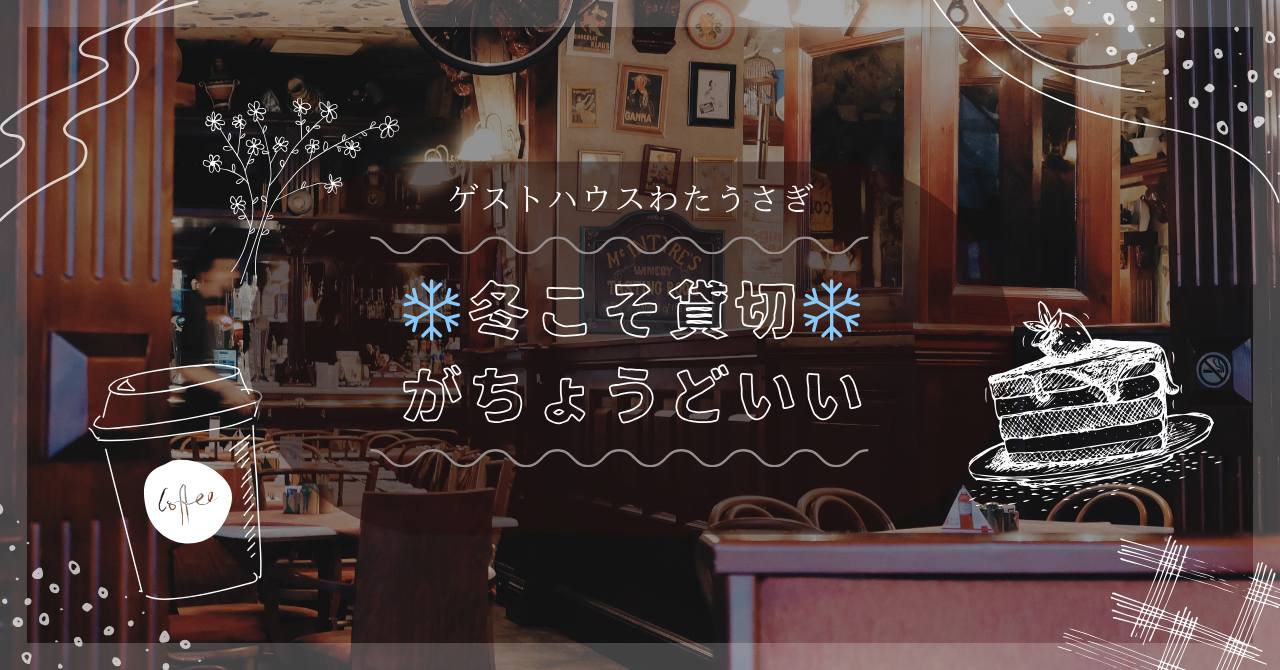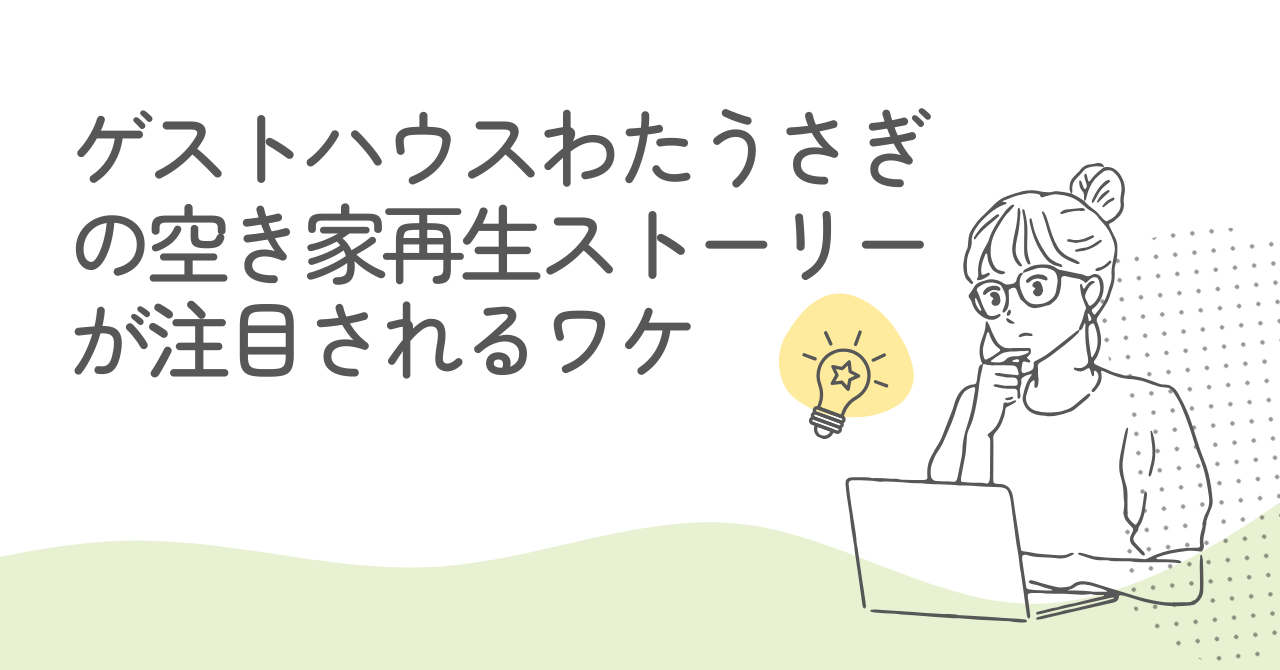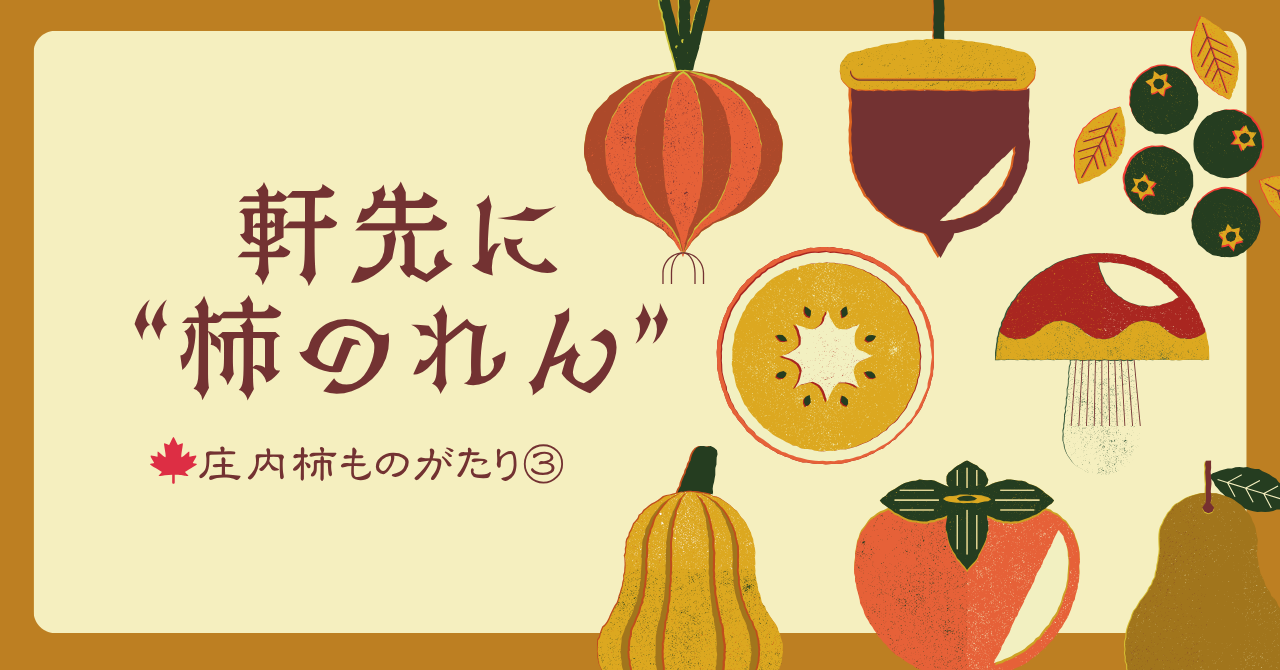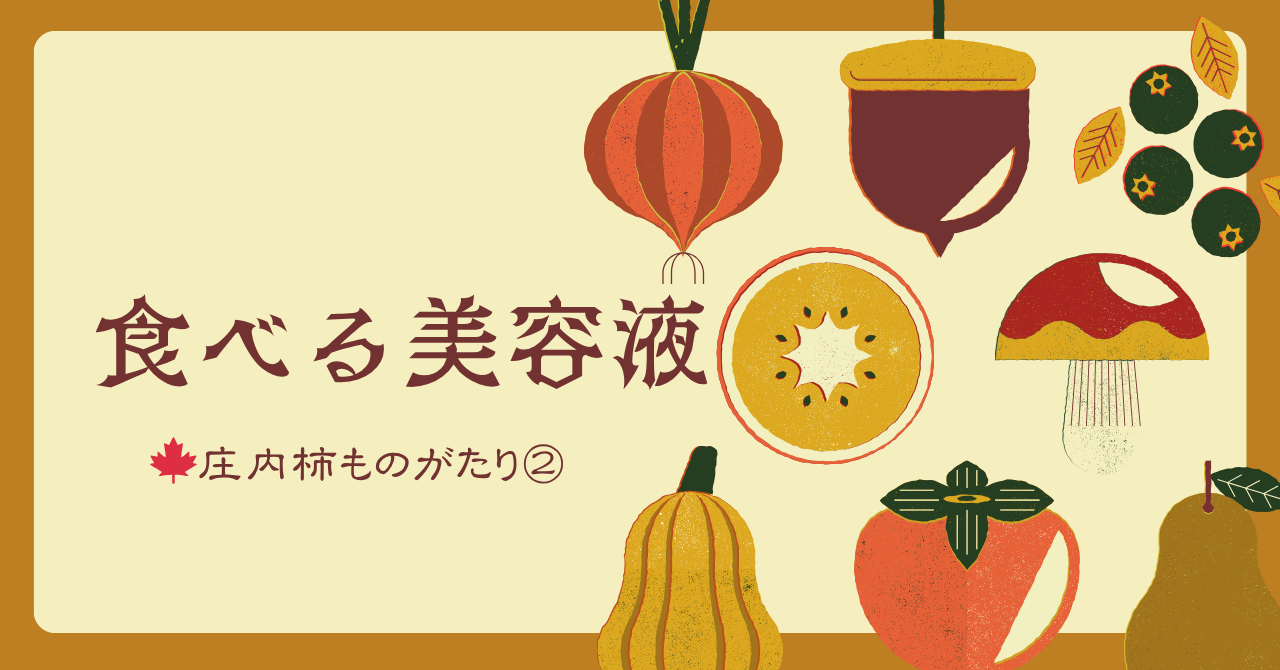If you’re traveling in Shonai during the summer, there’s one thing you absolutely have to try: **dadacha beans** — Tsuruoka’s pride and joy, often called the “phantom edamame” of Japan.
🌱 What are dadacha beans?
“Dadacha” is the local Shonai dialect for “father.” In other words, they’re affectionately called “father beans” — a charming name for this unique variety of edamame.
They look a bit rugged, with slightly brownish fuzz and a heavier feel than ordinary edamame. But when it comes to flavor… one bite is enough to change your world!
From the moment they’re boiled, a rich, toasty aroma fills the air, followed by a chestnut-like sweetness. No matter how many you eat, you just can’t stop — that’s the magic of dadacha beans.
📜 The roots of dadacha beans date back to the Edo period.
Dadacha beans are actually a native variety that has been around since the Shonai Domain era. Local farmers have carefully preserved them by collecting seeds from their own fields year after year.
What’s more, it’s said that this unique aroma and flavor can only be produced in Tsuruoka’s climate and soil. In particular, those grown in the Shirayama and Haguro areas are considered the finest of the finest — truly the “real deal” of dadacha beans.
That’s how deeply dadacha beans have lived in harmony with the land and climate.
🏡 A heartwarming origin of the name.
Long ago, when the feudal lord asked, “Where are these edamame from?” his retainer replied, “They’re beans from dadacha’s field, my lord.”
That simple remark eventually became the name “dadacha beans,” which has lasted to this day. It’s such a warm, Shonai-style story, isn’t it?
🍳 Sachiko’s Special|The Best Way to Boil Dadacha Beans
When it comes to Shonai’s summer flavors, nothing beats dadacha beans. But here’s the secret — the aroma and sweetness can change completely depending on how you boil them. Here’s the “Sachiko style” recipe to bring out their best 🌿
🧂 1 | Salt-rubbing is the key to success!
First, wash the beans and rub them thoroughly with about two tablespoons of salt.
This removes the fuzz and gives them a vibrant green color when boiled! It’s an essential prep step that also brings out their aroma and sweetness.
💧 2 | Don’t rinse off the salt — put them straight into the pot!
After rubbing with salt, don’t rinse — just toss them straight into the pot. It’s an easy-to-miss but very important step!
Leaving the salt on the surface gives the beans just the right level of seasoning when they’re done boiling.
🫗 3 | Just enough water to cover the beans!
Add just enough water to the pot to cover the beans completely.
🌟 Tip! If you add too much water, the beans’ flavor and aroma will escape into it — a big no-no ⚠️ Keep it *just* enough to cover them.
🔥 4 | Start with cold water, then check the firmness once it boils
Heat them gently from cold water until they come to a boil. Starting from cold is the secret to fully drawing out their sweetness and aroma.
Once boiling, cook for about 3–4 minutes, tasting as you go, and turn off the heat when they reach your preferred firmness. Be careful not to overcook!
🌀 5 | Drain immediately and cool quickly!
Once they’re done, drain them in a colander right away and cool them quickly with a fan or similar.
This final step prevents overcooking from residual heat while locking in the beans’ aroma and sweetness.
✨ Tip
The best moment to enjoy dadacha beans is within 5 minutes of boiling! The instant you pop one in your mouth, you’ll be like, “Whoa, what *is* this aroma?!” (laughs)
Salt-rub, just enough water, start from cold, and cool immediately — that’s my must-do summer kitchen routine every year.
🍺 Recommended way to enjoy them
Enjoy them freshly boiled, just as they are — or add a pinch of extra salt and watch them steal the show with your beer 🍺
Turn them into bean rice, and they’re perfect for bento or rice balls 🍙
Roughly mash them into a chilled soup — amazingly rich even without cream!
🛍️ Where to buy dadacha beans (in Tsuruoka City)
If you’re thinking, “I want to try them!” be sure to check out Tsuruoka’s local produce markets 👇
◉ Monto R (in front of Tsuruoka Station)
A conveniently located market right by the station. Freshly picked dadacha beans from local farmers are lined up here every morning. Since freshness is everything, visiting first thing in the morning is highly recommended!
📍 5-22 Suehirocho, Tsuruoka City (Shoko Building 1F) 🕘 9:00–18:00
◉ Shonai Tourist and Local Products Center (Nunome)
Not only fresh dadacha beans, but also frozen ones, plus snacks and sweets — a treasure trove of Shonai souvenirs! Their “dadacha bean soft-serve ice cream,” which makes the most of the beans’ flavor, is also a big hit♪
📍 80-1 Nunome-Nakadori, Tsuruoka City 🕘 8:30–17:30
🍽️ You can also enjoy them at local restaurants♪
In peak season (July–September), you’ll find “salt-boiled dadacha beans” and “bean rice” on the menu at Japanese restaurants, izakayas, and even in ryokan dinners around Tsuruoka City.
Chefs insist that “the first 5 minutes after boiling are everything,” and they take great care in their cooking to preserve the beans’ aroma and sweetness, serving them as a true seasonal delicacy.
While traveling, you just might stumble upon an unexpected “bean feast” at a shop you casually drop into.
summary
✨ In Shonai summers, nothing beats “father beans”❣️
That's all for today's article.
Guesthouse Watasagi is a guesthouse located right in between the ocean, the mountains, and the city center.
We hope you will enjoy Tsuruoka and Shonai to the fullest with Guesthouse Watasagi as your base 😊.
We also promote the attractions of our hometowns of Yamagata, Tsuruoka, and Shonai. We post the latest updates on Instagram. Please follow us and wait for our updates💕
Related Articles
Summer in Tsuruoka means iwagaki oysters! Experience the natural bounty of the “milk of the sea” 🦪🍶
🍈 Why are Shonai melons so delicious? The “miracle fruit” of summer only






